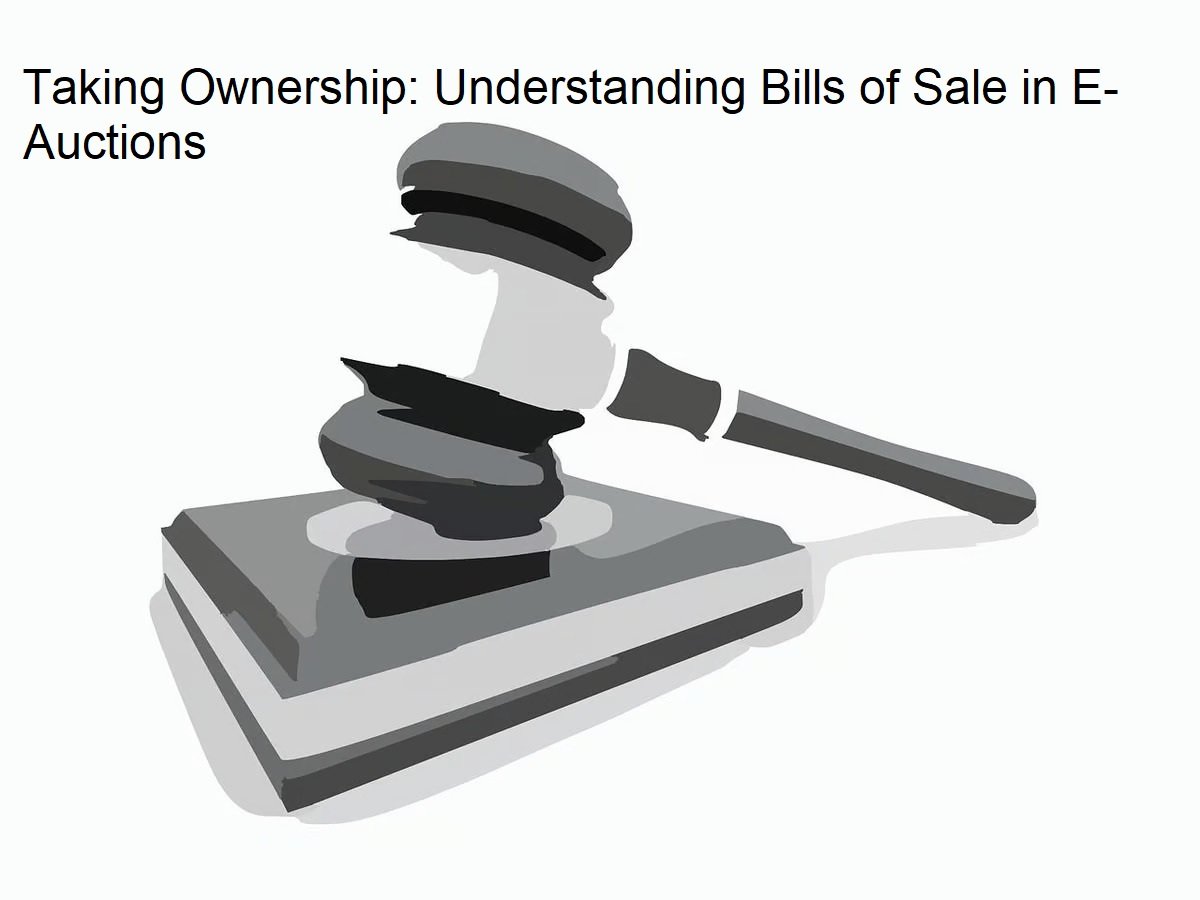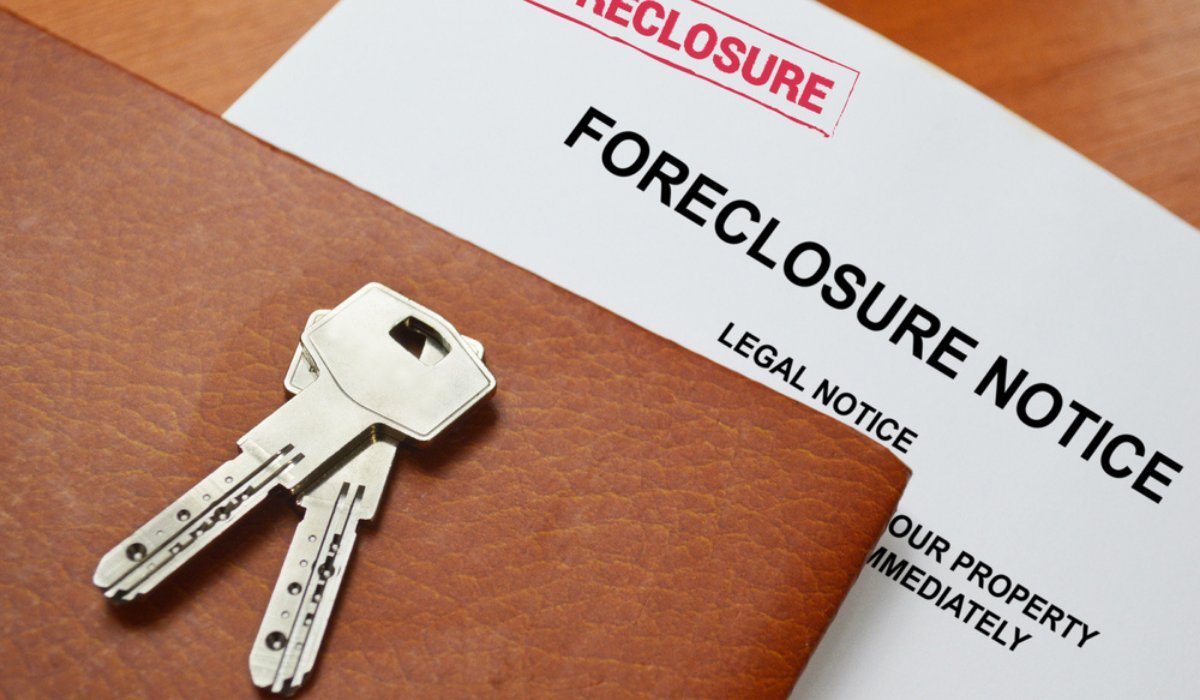Property foreclosure in India can be a complex process, governed by various laws and regulations. Here's what you need to know as of 2024:
-
Legal Framework: Foreclosure laws in India are primarily governed by the Securitization and Reconstruction of Financial Assets and Enforcement of Security Interest (SARFAESI) Act, 2002. This act empowers banks and financial institutions to recover their dues by selling the pledged properties without the intervention of the court.
-
Default: Foreclosure typically occurs when a borrower defaults on their loan repayment obligations. If the borrower fails to make payments according to the loan agreement, the lender has the right to initiate foreclosure proceedings.
-
Notice: Before initiating foreclosure proceedings, the lender must issue a notice to the borrower, providing them with a specified period to cure the default. This notice is served under the SARFAESI Act.
-
Opportunity to be Heard: The borrower has the right to make representations against the notice issued by the lender. They can present their case and provide reasons why foreclosure should not take place.
-
Public Auction: If the borrower fails to cure the default within the specified period, the lender can proceed with the foreclosure process. The property is typically auctioned off in a public auction to recover the outstanding loan amount.
-
Right to Redeem: In some cases, borrowers may have the right to redeem their property by paying off the outstanding dues along with any additional costs incurred by the lender.
-
Legal Recourse: Borrowers also have the option to challenge the foreclosure proceedings in court if they believe that the lender has not followed the due process or if there are any irregularities in the foreclosure process.
-
Impact on Credit Score: Foreclosure can have a significant impact on the borrower's credit score and creditworthiness. It may make it difficult for them to obtain credit in the future.
-
Regulatory Changes: It's essential to stay updated with any changes in foreclosure laws and regulations, as the legal framework may evolve over time.
-
Seek Legal Advice: Given the complexities involved in foreclosure proceedings, borrowers and lenders are advised to seek legal advice to understand their rights and obligations.
Types of Property Foreclosure in India
In India, there are primarily two types of property foreclosure:
-
Judicial Foreclosure:
- Judicial foreclosure involves the lender filing a lawsuit in a court to obtain a judgment allowing them to foreclose on the property.
- The court oversees the foreclosure process, including the sale of the property, and ensures that it is conducted in accordance with the law.
- This process typically takes longer and involves court fees and legal expenses.
-
Non-Judicial Foreclosure:
- Non-judicial foreclosure is governed by the Securitization and Reconstruction of Financial Assets and Enforcement of Security Interest (SARFAESI) Act, 2002.
- Under this act, lenders, typically banks and financial institutions, have the power to enforce the security interest without the intervention of the court.
- The lender can issue a notice to the borrower demanding repayment and, if the borrower fails to comply, can proceed with the sale of the property through public auction.
- Non-judicial foreclosure is generally faster and involves fewer legal formalities compared to judicial foreclosure.
Initiation of Foreclosure Proceedings
The initiation of foreclosure proceedings in India typically involves several steps:
-
Notice of Default: When a borrower defaults on their loan payments, the lender issues a notice of default, informing the borrower of the delinquency and demanding repayment of the outstanding amount. This notice may also provide a grace period for the borrower to cure the default.
-
Opportunity to Cure Default: In many cases, the borrower is given an opportunity to cure the default by bringing the loan current, either by making the missed payments or by negotiating with the lender for an alternative arrangement.
-
Notice under SARFAESI Act: If the borrower fails to remedy the default within the specified period, the lender can initiate foreclosure proceedings under the SARFAESI Act. The lender must serve a notice to the borrower, specifying the amount due and giving them a chance to repay the debt within 60 days from the date of the notice.
-
Possession Notice: If the borrower still fails to repay the outstanding dues within the specified period, the lender can take possession of the secured asset (property) by issuing a possession notice. This notice grants the lender the right to take physical possession of the property.
-
Publication of Auction Notice: After taking possession of the property, the lender must publish a notice of the sale of the property in at least two newspapers, including one in the regional language, and also display it on the notice board of the concerned District Magistrate's office.
-
Public Auction: The property is then auctioned off in a public auction to recover the outstanding loan amount. Interested buyers can participate in the auction, and the property is sold to the highest bidder.
-
Confirmation of Sale: After the auction, the sale of the property needs to be confirmed by the Debts Recovery Tribunal (DRT) or the concerned court. Once confirmed, the sale proceeds are used to settle the outstanding dues of the lender, and any surplus amount is returned to the borrower.
-
Possession of Property: If the property is sold to a third party, the lender transfers possession of the property to the new owner. If the property remains unsold, the lender may take possession of the property and dispose of it through other means.
Foreclosure Process Overview:
-
Filing for Foreclosure:
- Two Paths: Lenders can either go through a court case (judicial) or opt for a non-judicial process.
- Judicial: Involves court oversight.
- Non-Judicial: Complies with legal requirements and notifications.
-
Auction or Sale:
- Public Auction: Property listed for bidding.
- Reserve Price: Minimum acceptable bid set by the lender.
- Bidding and Winning: Highest bidder secures the property.
-
Ownership Transfer:
- Judicial: Court confirms the sale.
- Non-Judicial: Lender issues a sale certificate.
- Possession Transfer: New owner takes over, borrower's rights end.
Legal Framework:
- Applicable Laws:
- Transfer of Property Act, 1882: Governs property transactions, including mortgages and foreclosures.
- SARFAESI Act, 2002: Allows lenders to enforce security interests, particularly through non-judicial foreclosure.
Borrower and Lender Rights:
-
Borrower Rights:
- Cure Default: Borrowers can repay within a specified period.
- Challenge Proceedings: Legal defenses can be raised.
-
Lender Responsibilities:
- Due Process: Must follow legal procedures.
- Fair Valuation: Property valuation and auction conduct must be transparent.
Foreclosure Laws in India:
- Governed by the Transfer of Property Act, 1882, and SARFAESI Act, 2002.
- Data Challenges: Obtaining foreclosure rates is difficult due to legal complexities and pre-foreclosure interventions.
Buying Foreclosed Properties:
-
Research Properties:
- Identify suitable listings.
-
Understand Legalities:
- Conduct thorough due diligence.
-
Attend Auctions:
- Familiarize with the process.
-
Finance Smartly:
- Arrange funds beforehand.
-
Bid Wisely:
- Stay within budget limits.
-
Winning and Documentation:
- Pay winning bid amount, complete paperwork.
-
Possession and Dues:
- Obtain possession, clear pending dues.
-
Renovate if Needed:
- Plan for property improvements.
-
Seek Expert Advice:
- Consult professionals for guidance.
Impact and Alternatives:
Expert Insights to Avoid Foreclosure:
-
For Borrowers:
- Open Communication.
- Budgeting.
- Loan Modification.
-
For Lenders:


